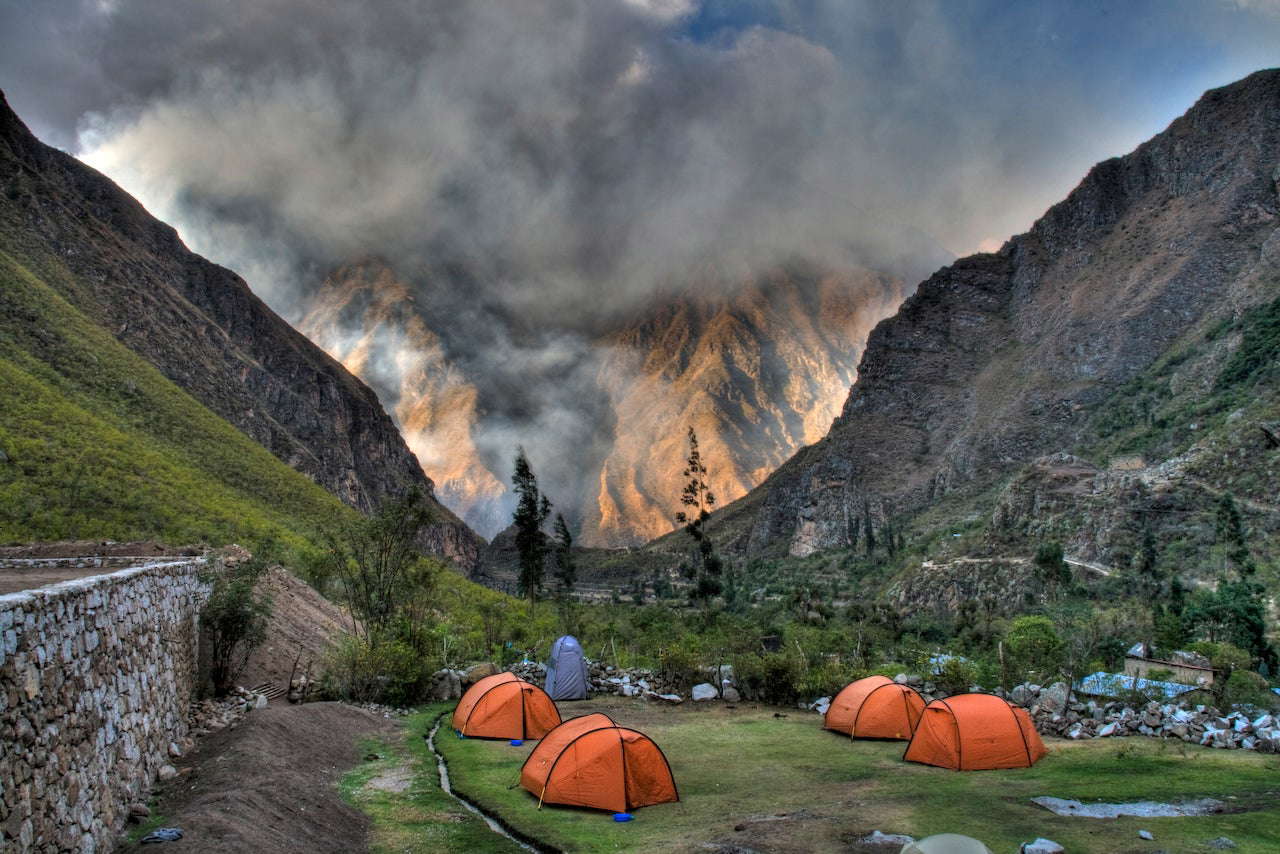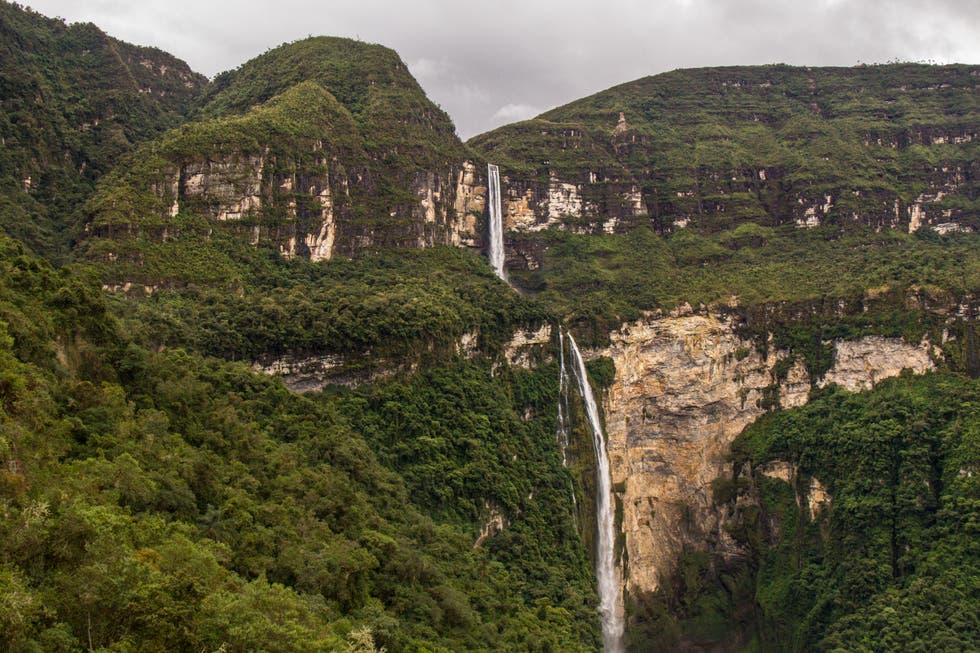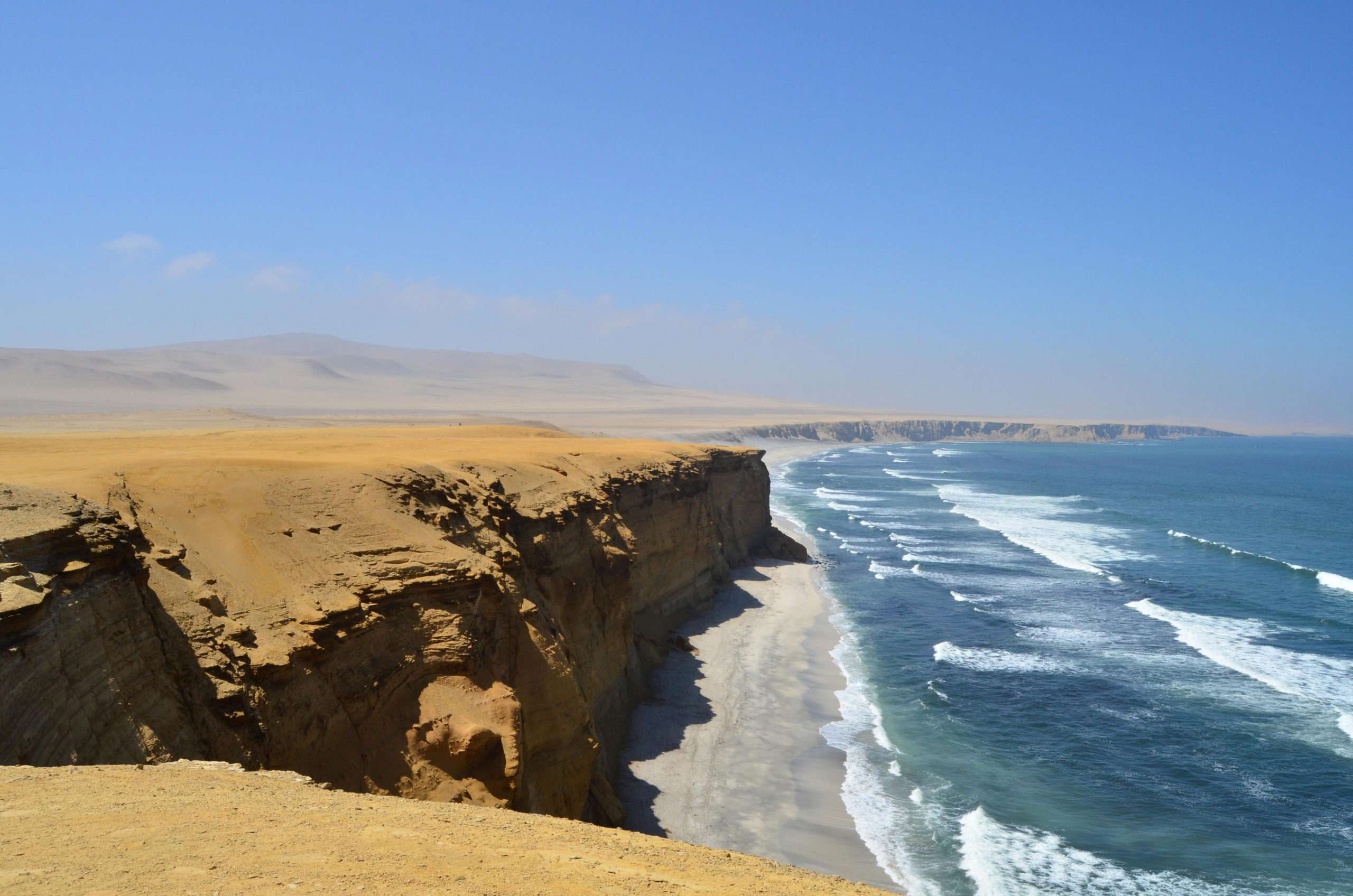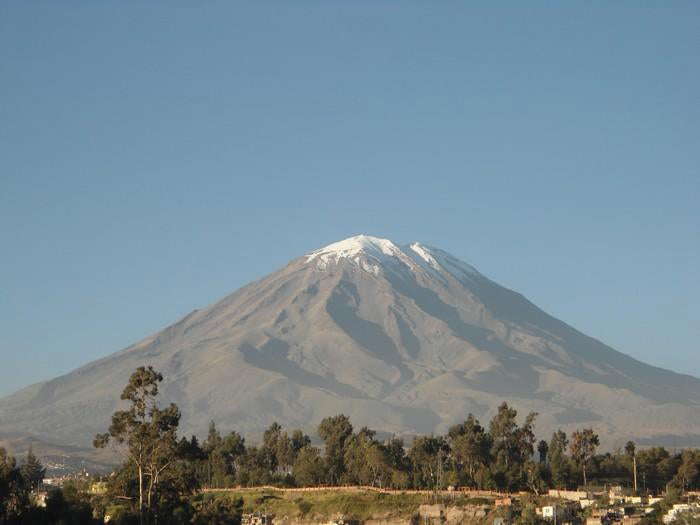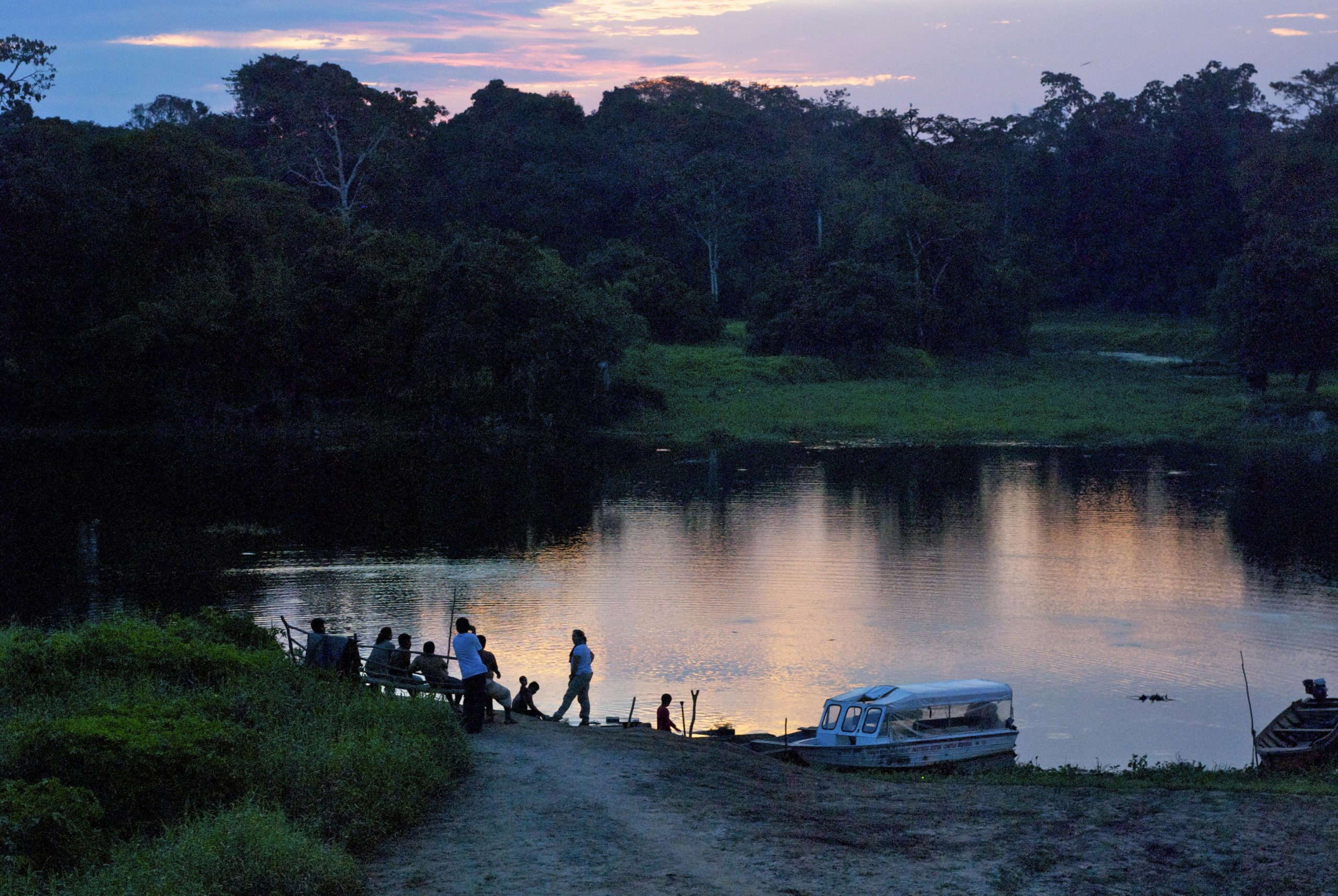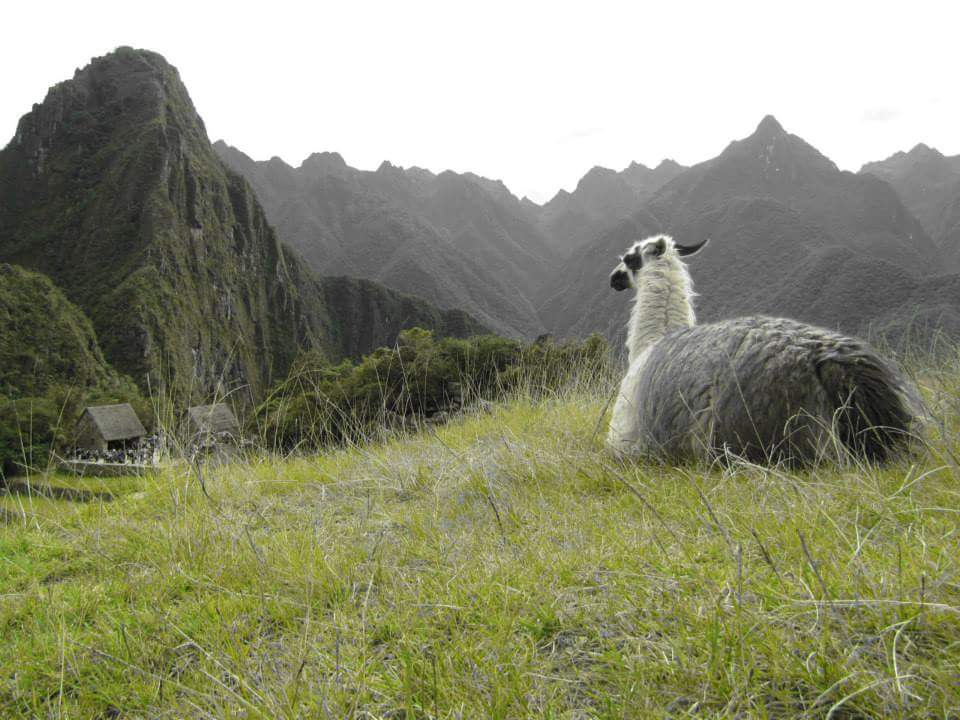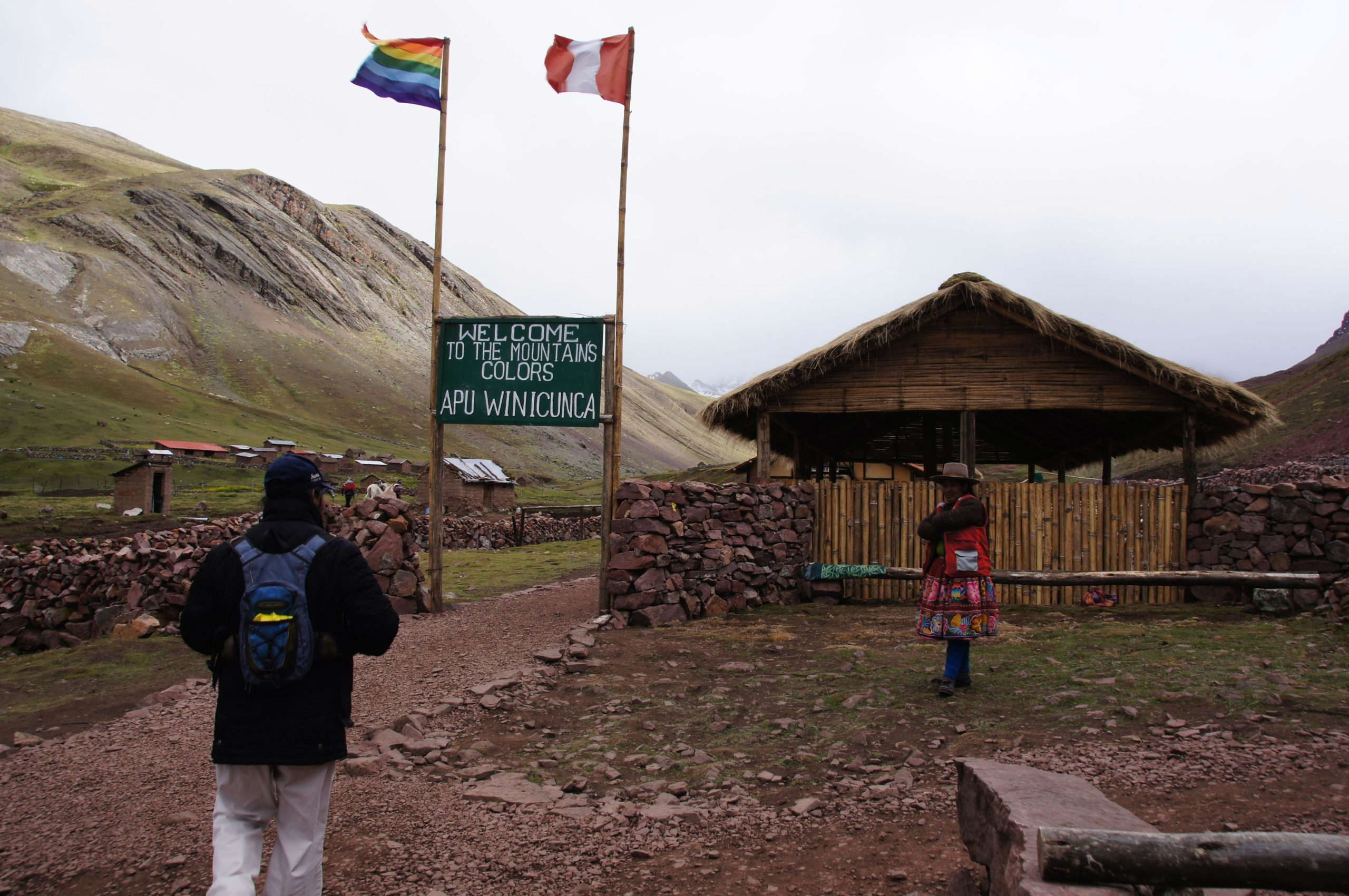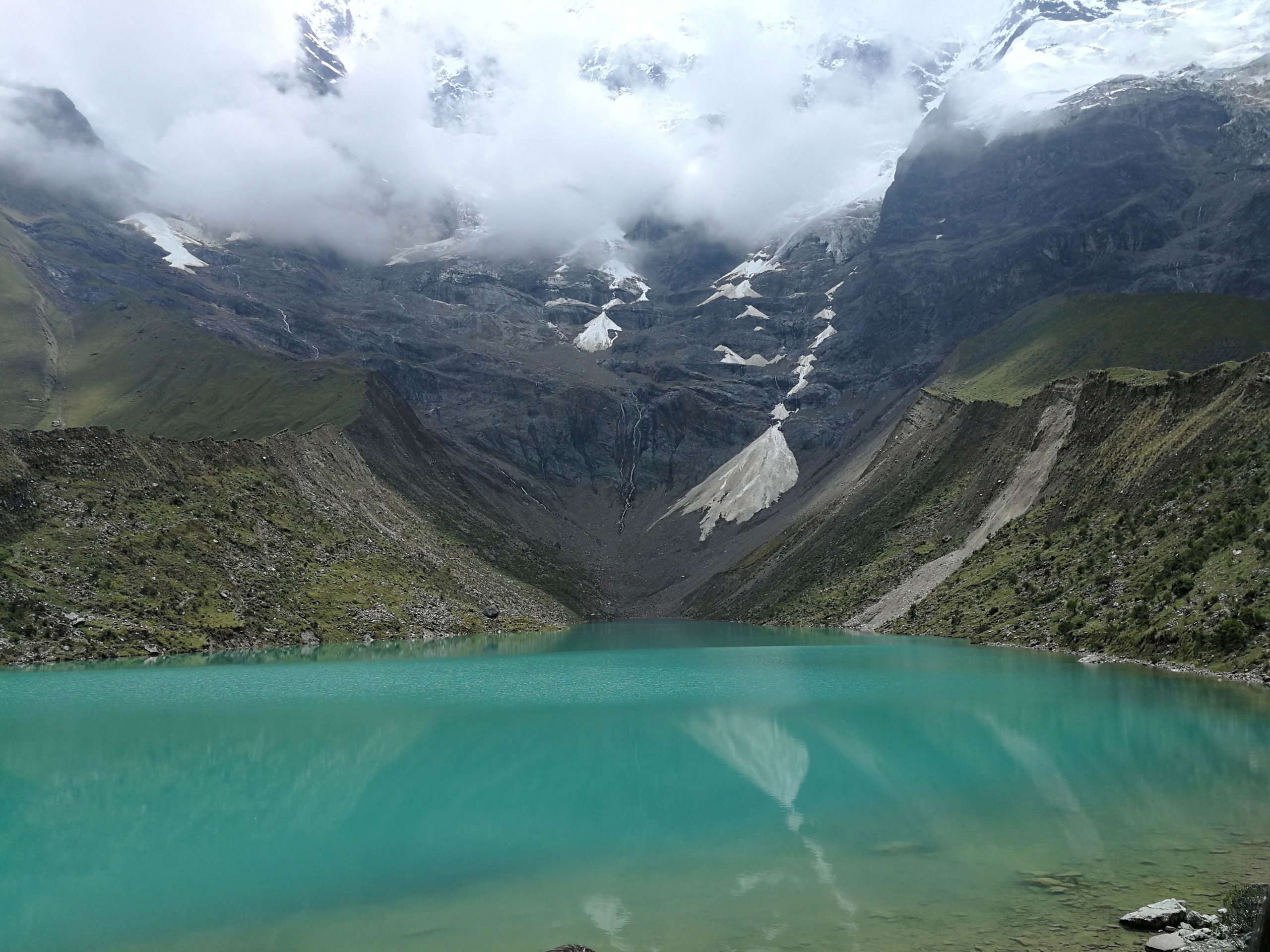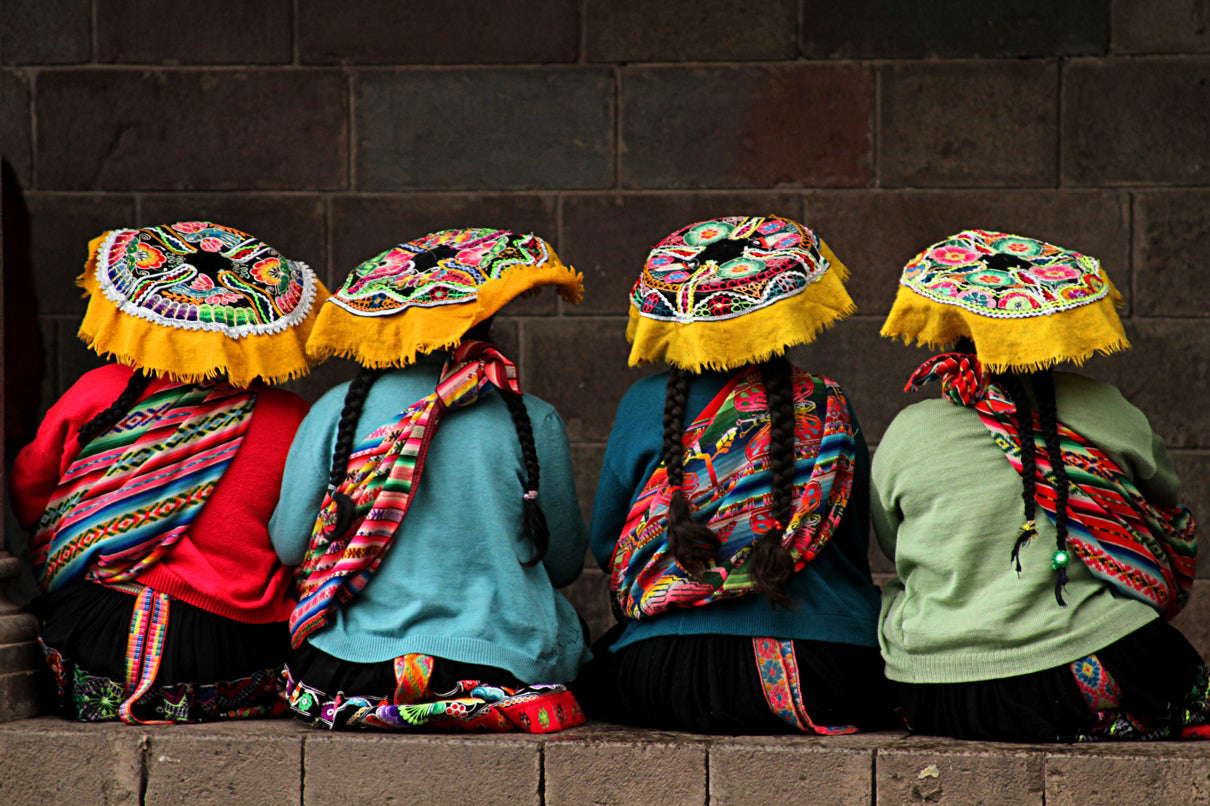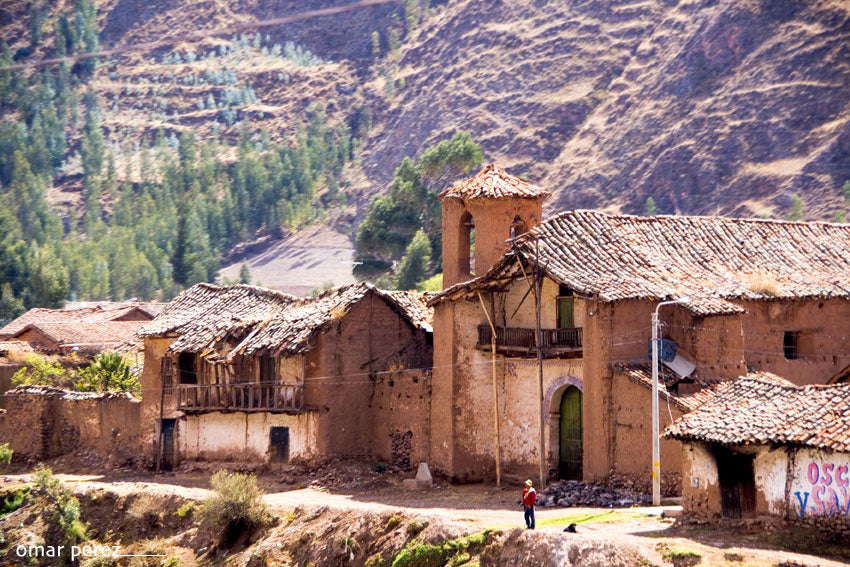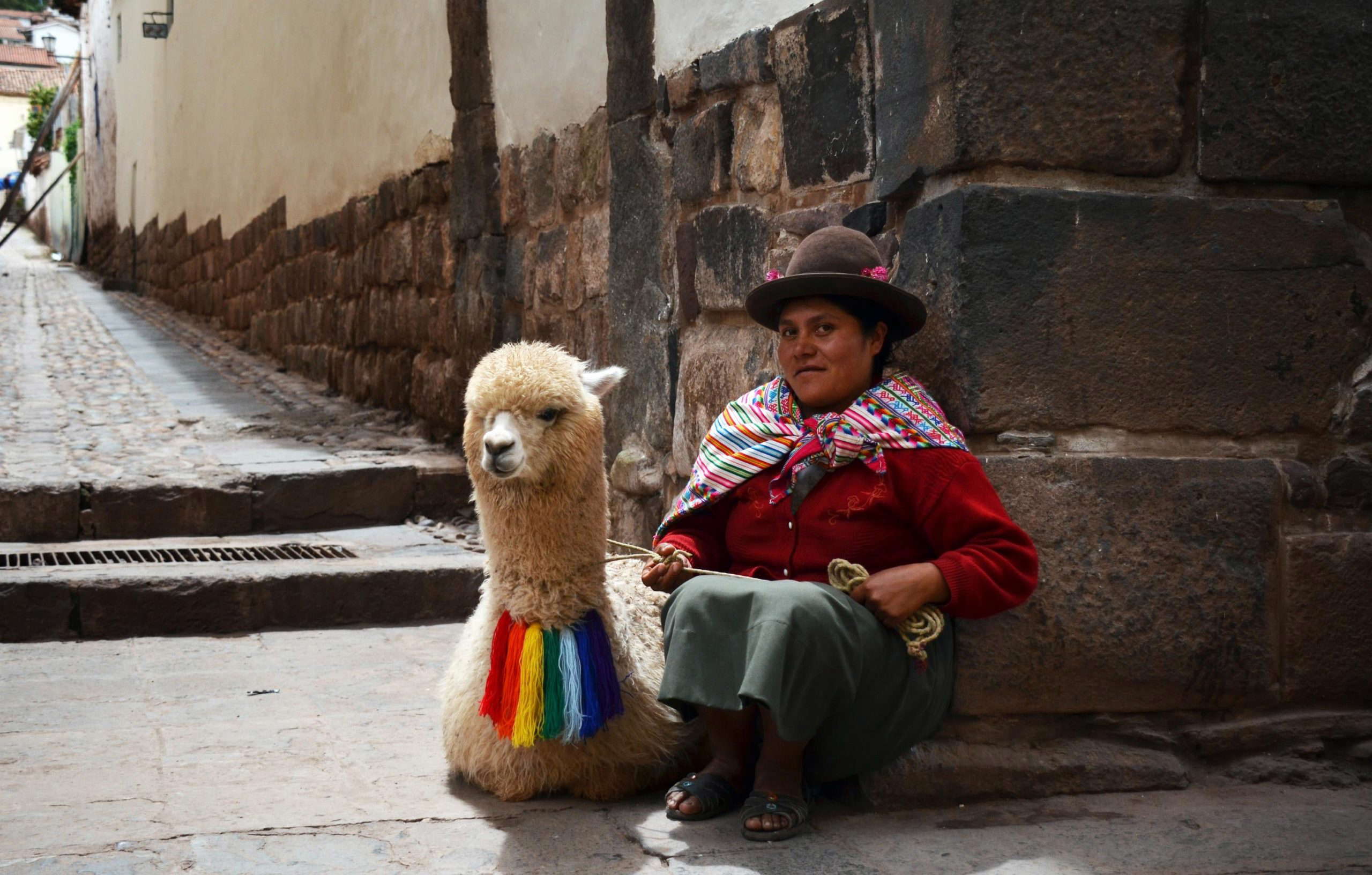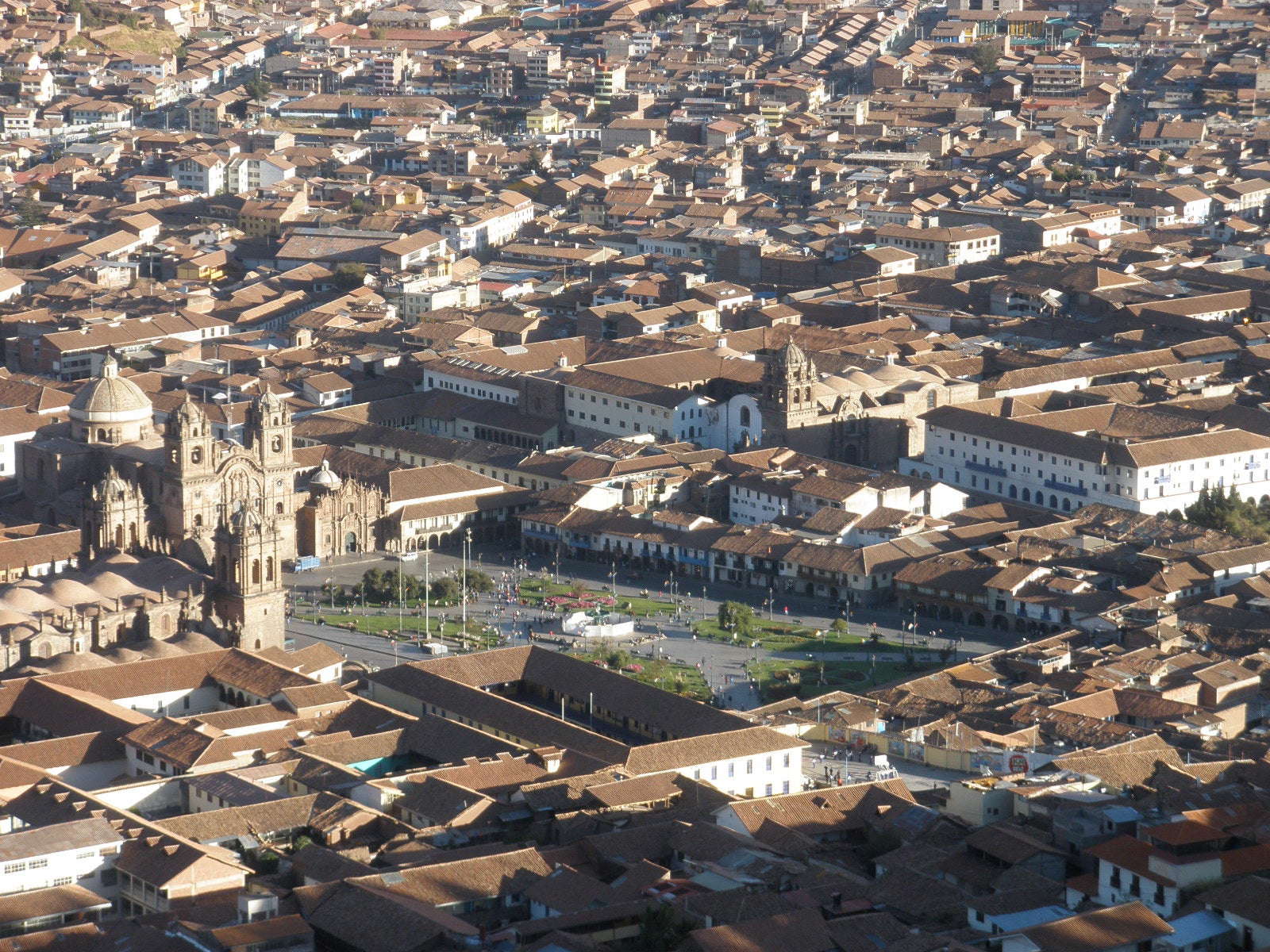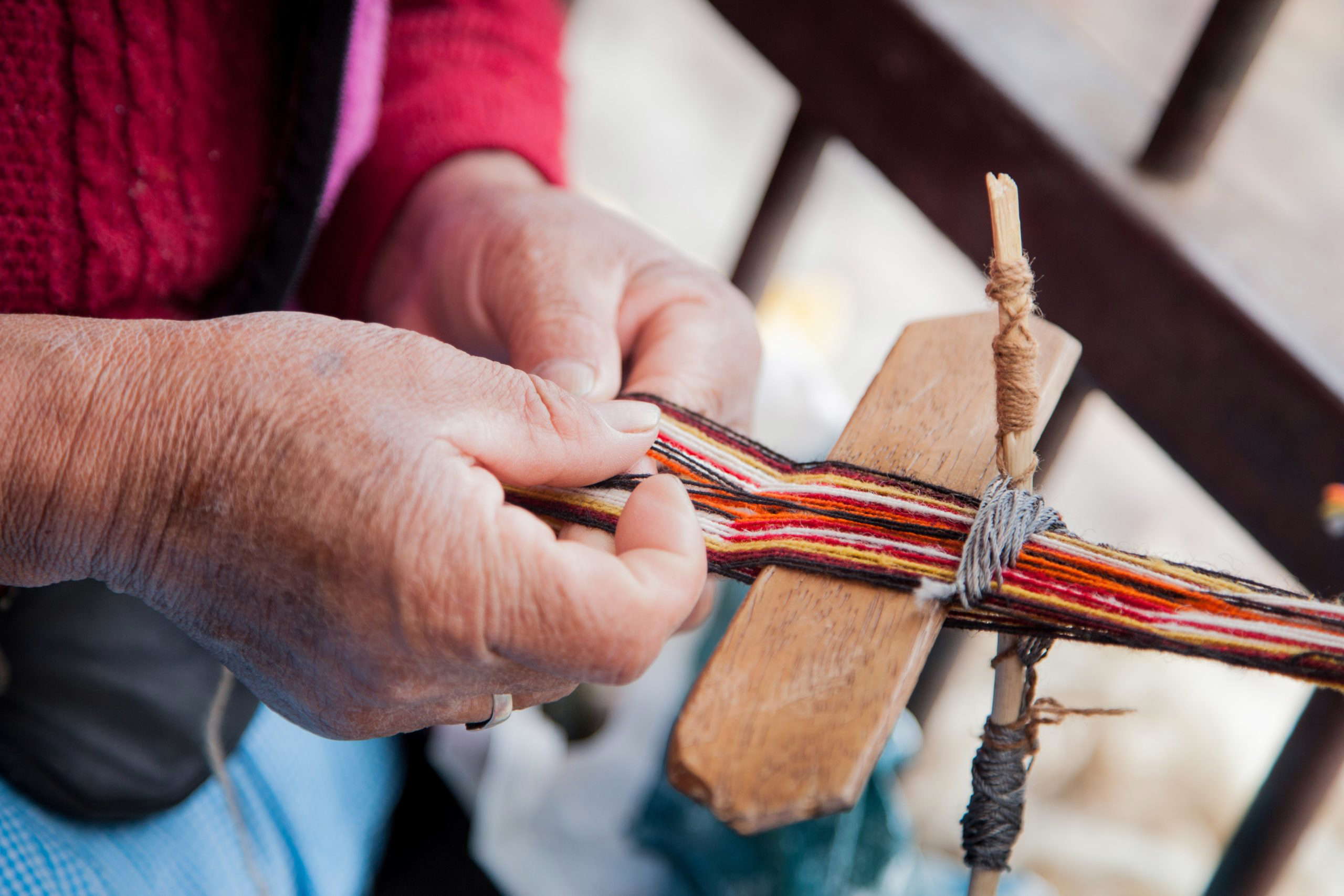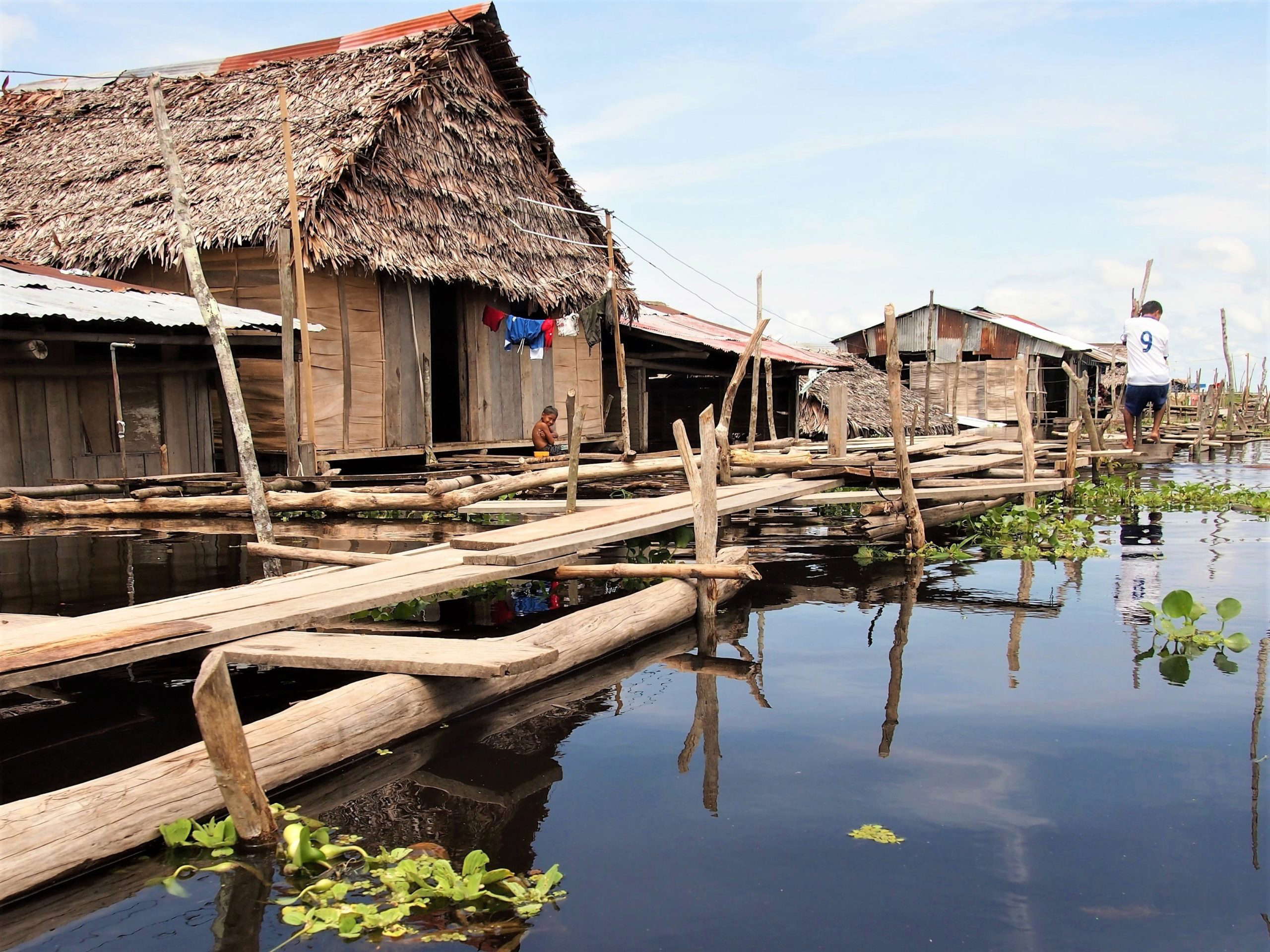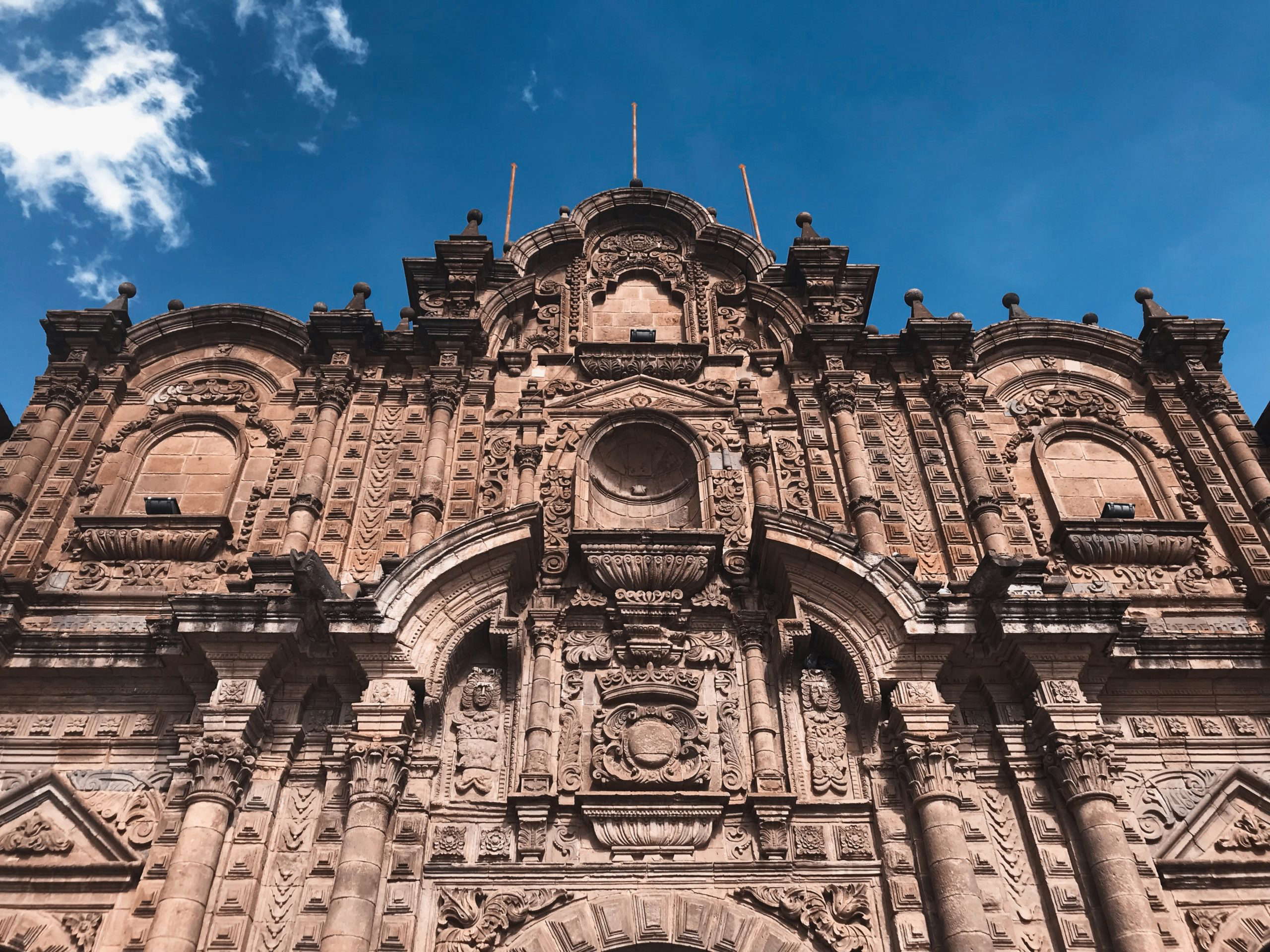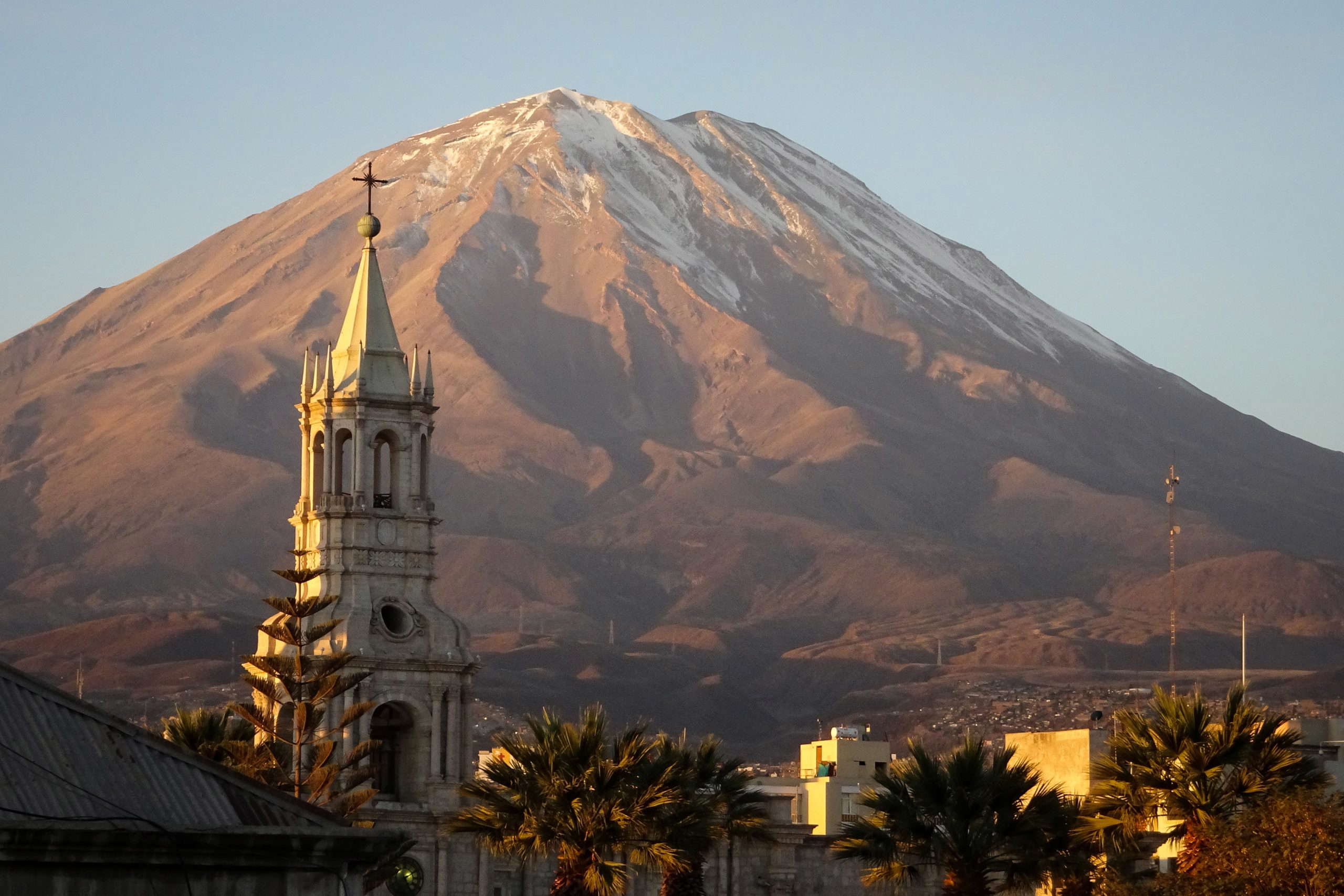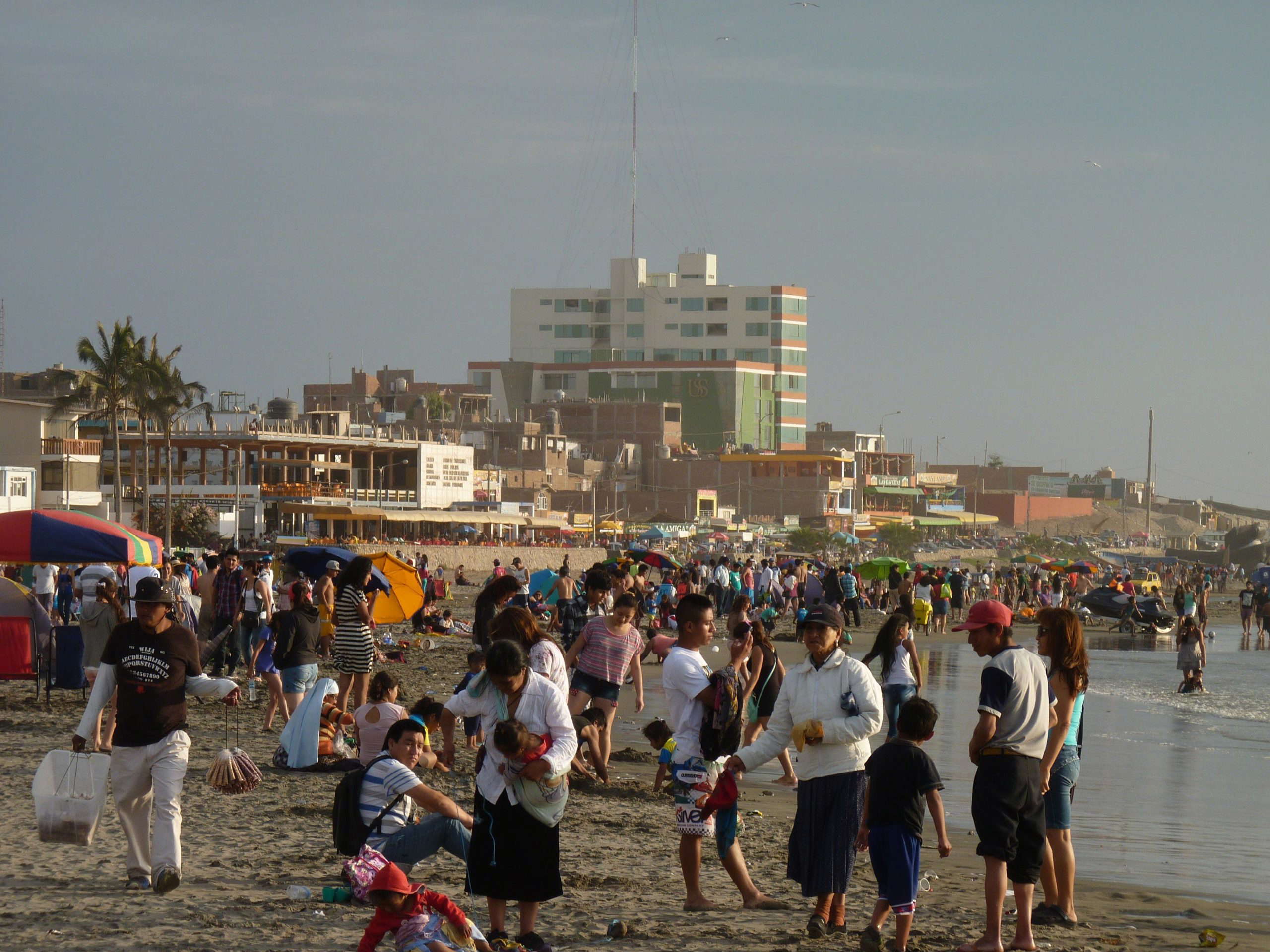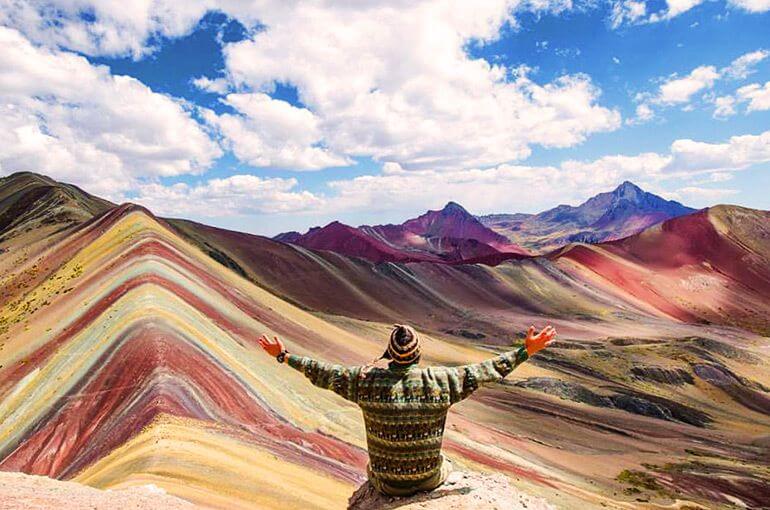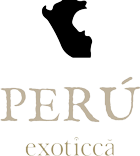From the sun-drenched coast to the misty amazon or the snow-capped peaks of the Andes, the geography of Peru is among the most diverse on the planet. Learn more about the geography of Peru and discover a country whose landscapes are as varied as they are breathtaking.
Geography of Peru
Peru is located in South America and is the 3rd-largest country of the southern region, after Brazil and Argentina. The country is bordered by Colombia and Ecuador to the north, Bolivia and Chile to the South and Brazil to the east. The country’s time zone is Peru Standard Time (UTC - 5), which is the same as Central Standard Time in the United States.
Regions of Peru
Peru’s geography can roughly be divided into three distinct zones, each with its own climate, landscapes and charm.
Coast
Bathed by the waters of the Pacific, Peru’s central and southern coast offers a subtropical desert climate with balmy temperatures and low precipitation, while the northern coast offers a somewhat more tropical climate with higher rainfall. The region is home to the Peruvian capital of Lima, the world’s largest desert city, and is famous for its windswept coastline, surf-friendly beaches and desert landscapes including the famous Paracas National Reserve and the spectacular sand dunes of the Huacachina oasis.
Highlands
You can’t mention Peru without talking about the Andes mountains, the highest mountain range in the Americas which traverses Peru from north to south. The north and central part of the Highlands are famously home to many of Peru’s top attractions like Machu Picchu, the ancient Inca capital of Cusco, as well as many of the country’s most famous treks. Farther south, the high altiplano region near the Bolivian and Chilean border is home to Lake Titicaca and vast, windswept plains. Most of this region is located at high altitudes (Cusco, for example, is at over 11,000 ft. (3400m)), so travelers should be aware of and prepared to deal with altitude sickness upon arrival.
Rainforest
While more closely associated with neighboring Brazil, the mighty Amazon Rainforest covers more than half the landmass of Peru. Bathed by the Amazon River which originates in Peru, the Peruvian rainforest is home to thousands of indigenous plants and animals that can’t be found anywhere else in the world. Manú National Park is the region’s most popular attraction and its biodiversity is one of the highest in the world. This region of Peru is also inhabited by several local tribes, some of which remain uncontacted to this day.
Major cities in Peru
Lima
The capital city of Peru is the country's commercial and industrial center. Its nickname is “El Pulpo” (Spanish for “The octopus”), for its massive size and contribution to social innovations, political influence, and concentration of people. With a population of over 10 million people, Lima alone makes up 10% of the country’s population. For travelers, it’s also a favorite for its famous beaches, cosmopolitan atmosphere and famous cuisine, including the world’s best ceviche.
Arequipa
Located on the southern coast of Peru, Arequipa is the country’s second-largest city with just over 1 million inhabitants. Nicknamed the White City due to the white volcanic stone used in the construction of many of its buildings, The city is famous for the three volcanoes that grace its skyline including the snowcapped El Misti, the country’s most famous volcano.
More cities popular among travelers
Chiclayo
Located on the northern coast, Chiclayo is the capital city of Peru’s Lambayeque region and offers easy access to archaeological sites like Huaca Rajada, famous for the tomb of the Lord of Sipan.
Cusco
Nestled high in the Peruvian Andes, Cusco (or Cuzco) was once the capital of the Inca empire and is now considered a UNESCO World Heritage City for its incredible old town which blends Inca and Spanish colonial influences. Despite having a population of less than half a million inhabitants, Cusco is one of Peru’s most visited cities as it is a popular starting point for visiting Machu Picchu, the Sacred Valley and many of Peru’s most famous trekking routes.
Iquitos
Known as the capital of the Peruvian Amazon, Iquitos is the gateway to the jungle. With a population of around 475,000 inhabitants, Iquitos is famous as a starting point to explore nearby natural reserves and for its neighborhood of Belén, often dubbed the Venice of the Amazon for its canals and waterways.

